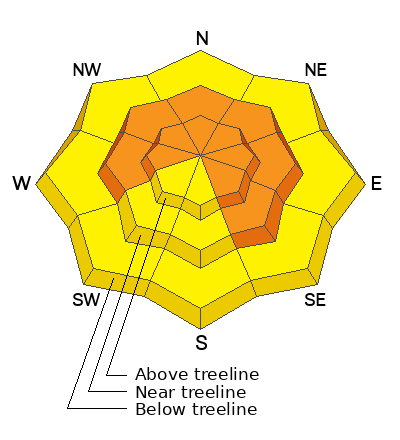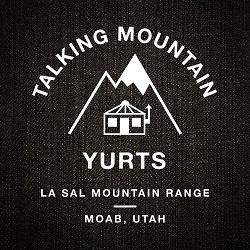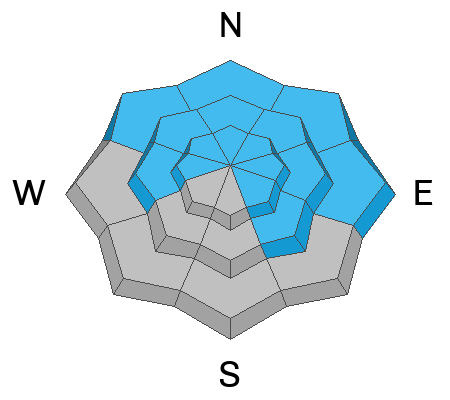Forecast for the Moab Area Mountains

Issued by Dave Garcia on
Sunday morning, March 3, 2024
Sunday morning, March 3, 2024
A fast-moving cold front has delivered 8 inches of new snow, strong winds, and an increase in avalanche danger. The danger is CONSIDERABLE. Skiers and riders are LIKELY to trigger avalanches in recent deposits of wind-drifted snow. This problem is most pronounced on leeward slopes that face W-N-E where you can find drifts 12-18 inches deep. Swirling winds deposit fresh drifts around the compass and the remaining slopes have a MODERATE danger. It is POSSIBLE to trigger slabs of wind-drifted snow at all aspects and elevations.
Persistent weak layers of faceted snow exist at the base of the pack on slopes that face W-N-E-SE. These layers will be stressed and potentially overloaded by blowing and drifting snow and the danger on these slopes is CONSIDERABLE.
Careful snowpack evaluation, cautious route-finding, and conservative decision-making are essential for backcountry travel today.

Low
Moderate
Considerable
High
Extreme
Learn how to read the forecast here





